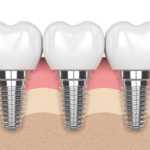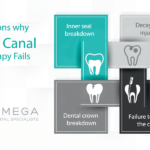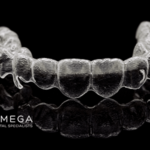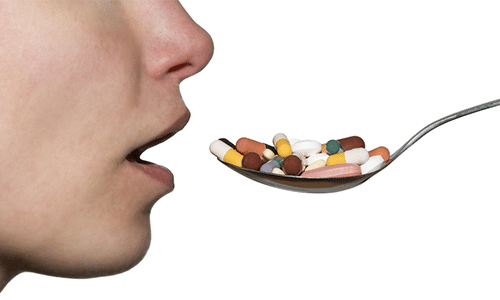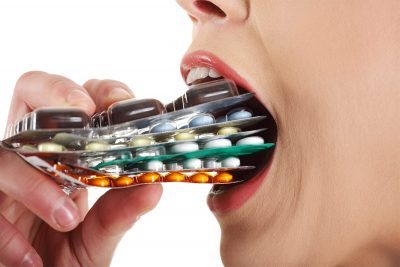What is the solution for antibiotic-resistant bacteria?
Almost, as soon as a pharmaceutical company can develop a new effective antibiotic, the bacteria adapt and become resistant. Significant time and money go into the development of new drugs. So this quick adaptation has made the development of antibiotics not only not profitable, but a losing proposition as research investments cannot be recouped. Because pharmaceutical companies must make profits to exist, many companies can no longer afford to research antibiotics.
Now that the problem has been identified, across industries, we are working to reduce antibiotic usage. A report from Aker University in Oslo, Norway suggests that it is possible to reverse the problem of antibiotic-resistant bacteria simply by reducing the prescription rate of antibiotics.
- You may have noticed the wider availability of meats that say “no antibiotics” as the industry and consumers have become more aware.
- Your doctor may no longer give you antibiotics when you show up with what is likely the Flu.
- Hospital-acquired infections have become some of the most prevalent. These can affect patients at a hospital, spread within the close quarters. For this reason, the medical industry, insurance companies and private enterprise are looking for more effective ways to treat individuals in outpatient and even home settings to reduce possibility for exposure.
We are simply getting smarter with the way we use antibiotics as we work to reverse the damage done. This does not mean leaving patients who need antibiotics out in the cold. Antibiotics are still highly effective on most bacteria. So once it’s verified that the bacteria are present and that a certain antibiotic will be the effective course of treatment, prescriptions are written.
This relatively new concern changes the way the medical community responds to infection. The idea of “let’s prescribe just in case” has been cast aside for a more balanced “wait and see” approach. This helps avoid the prescribing of antibiotics to illnesses that are caused by viruses over which antibiotics have no power or for infections that our healthy immune systems would “kill” naturally.
As it turns out, this results in improved patient care. The prior method of treatment may have involved sending someone home with high-dosage and potentially addictive pain killers and antibiotics that may not even be needed. The new approach is keeping an eye on the patient, suggesting Ibuprofen (Advil), Acetaminophen (Tylenol) or Naproxen (Aleve) for fever and the mild pain normally experienced post-surgery.
This change can come as a surprise to patients who may not have had a procedure in the past 5 years or so. It is important that patients understand exactly how antibiotics do and do not work.
- Antibiotics are not a cure. Rather, they re-establish the proper balance of defenses in the body. And can even cause side effects of yeast infections and poor digestion as they kill the “good” bacteria (probiotics) that are found naturally in and on our bodies.
- They are seldom an appropriate substitution for more attentive patient care.
- All antibiotics are a little different. Some work more effectively on certain bacteria. So until your doctor determines what bacteria is present, they are best not to prescribe.
- Antibiotics do not have any power over viral infections. These must be treated differently or handled by our immune systems.
When a patient is visiting a doctor or dentist, patients and their guardians should be aware that they will likely not receive antibiotics. The “wait and see” approach is for the benefit of yourself and the good of the world at large.
While antibiotics have been around for nearly 100 years, they are still being studied, and medical research is always advancing. This may lead to future changes. But when it comes to antibiotics, sometimes, less really is more—especially when dealing with a complex organism like a bacteria.

